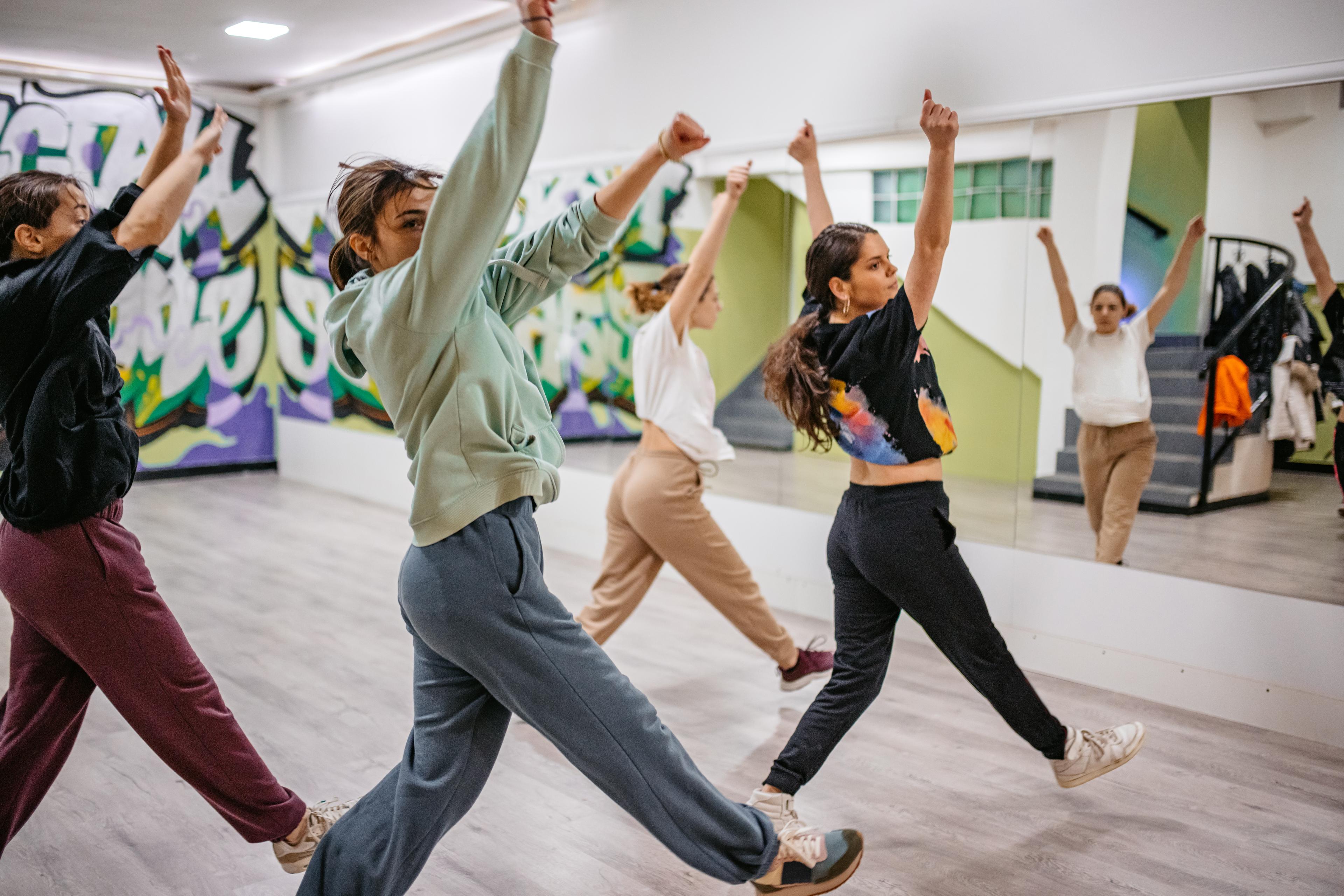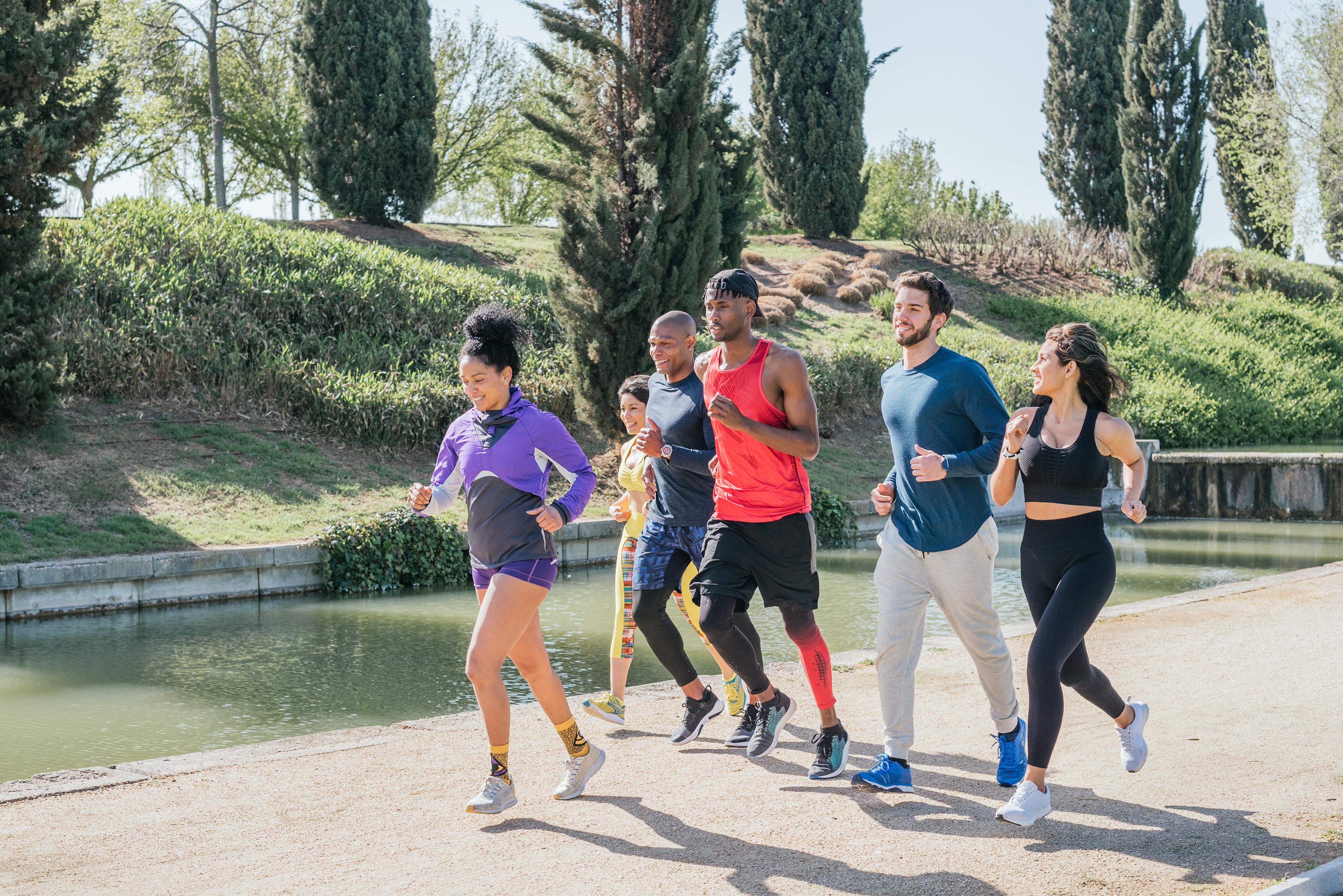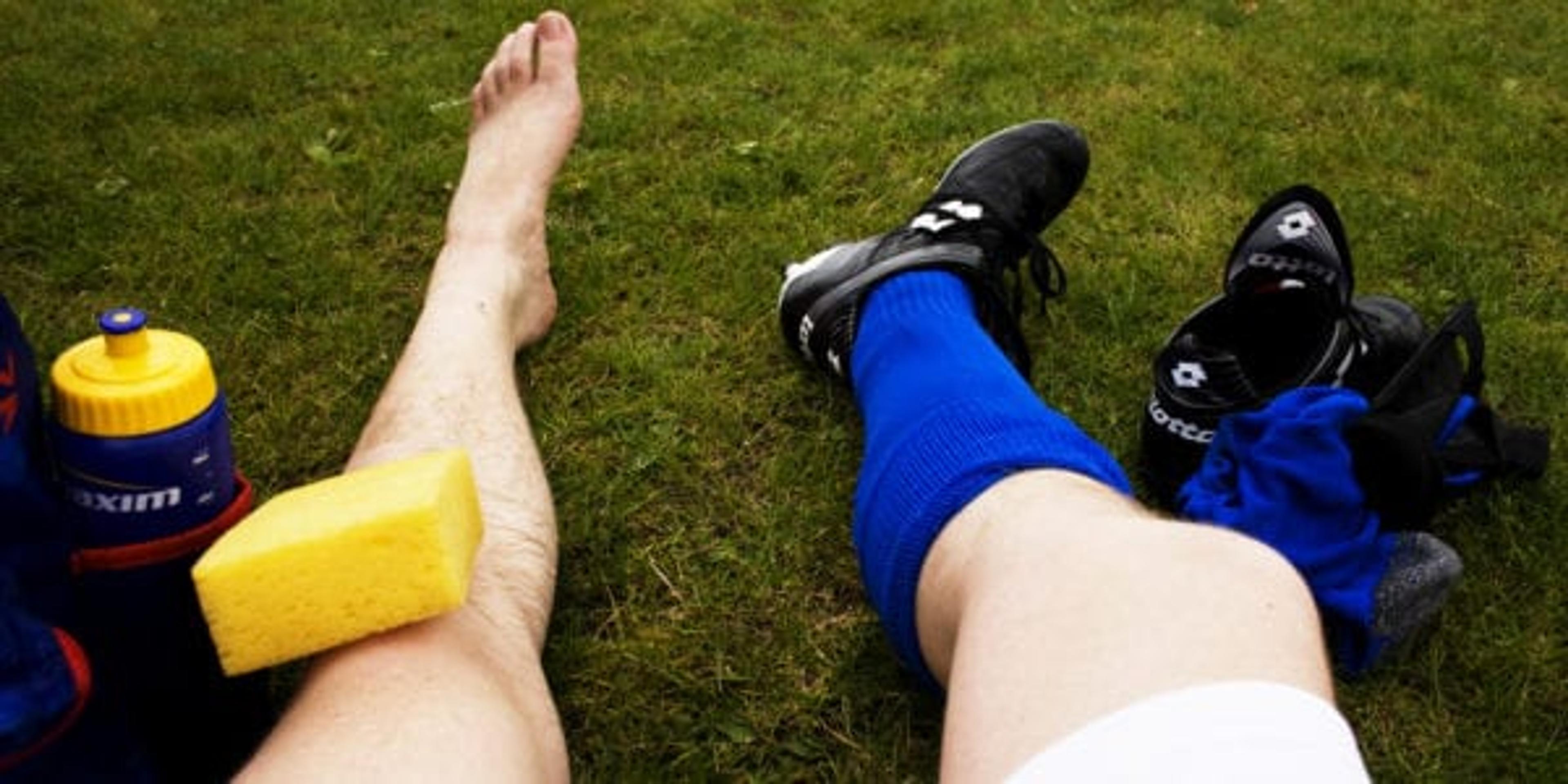6 Low-Impact Workouts for Seniors
Krystal Clark
| 2 min read

Exercise, along with a nutrient-rich diet, is critical to maintaining a healthy lifestyle. As people age, they experience bodily changes like muscle loss, stiff joints, and weakened bones. There are many ways seniors can adapt to these challenges to sustain their physical health.
Here are six low-impact exercises everyone should try:
1. Walking:
Walking is an exercise that’s both low-maintenance and low-impact. All you need are a good pair of shoes, a path, track or treadmill. Walking has been proven to ease joint pain caused by injuries or severe arthritis. It’s also a great way to reduce stress, anxiety, and boost confidence.
2. Tai Chi:
Tai Chi is a Chinese martial art that combines movement and meditation. Its gentle, yet deliberate motions are a form of self-defense that can also promote internal and external balance. In the U.S., Tai Chi is popular among seniors, providing improved flexibility and cognitive function.
3. Water Aerobics:
Water aerobics are beneficial to those struggling with weak or damaged joints. Its weightlessness briefly relieves pain and allows for a freer range of motion. This type of exercise is often used as a form of physical therapy to rebuild muscle over time.
4. Indoor Cycling:
A stationary bike can provide an effective cardio workout without unnecessary strain. When using proper form, the rider alleviates pressure from the back, thighs, knees and ankles. The cycling motion helps strengthen the lower body, while increasing stamina and burning fat.
5. Yoga:
Yoga is a physical and spiritual practice that consists of breathing, postures, and meditation. It requires you to lift and maneuver your own bodyweight, which engages every major muscle group. With regular practice, you’ll become more relaxed, gaining strength and elasticity in the joints.
6. Elliptical:
The elliptical is a cardio machine that cross-trains the entire body. It incorporates multiple exercises like walking, running and stair-stepping to target the legs, chest, shoulders, back, and arms. You can adjust the resistance to accommodate your fitness level as you gradually improve.
If you enjoyed this post, you might also like:
- The High-Tech Way to Keep Seniors Active
- 5 Tips to Help Seniors Stay Independent for as Long as Possible
- Yoga vs. Pilates: What’s the Difference?
Photo credit: kali9





